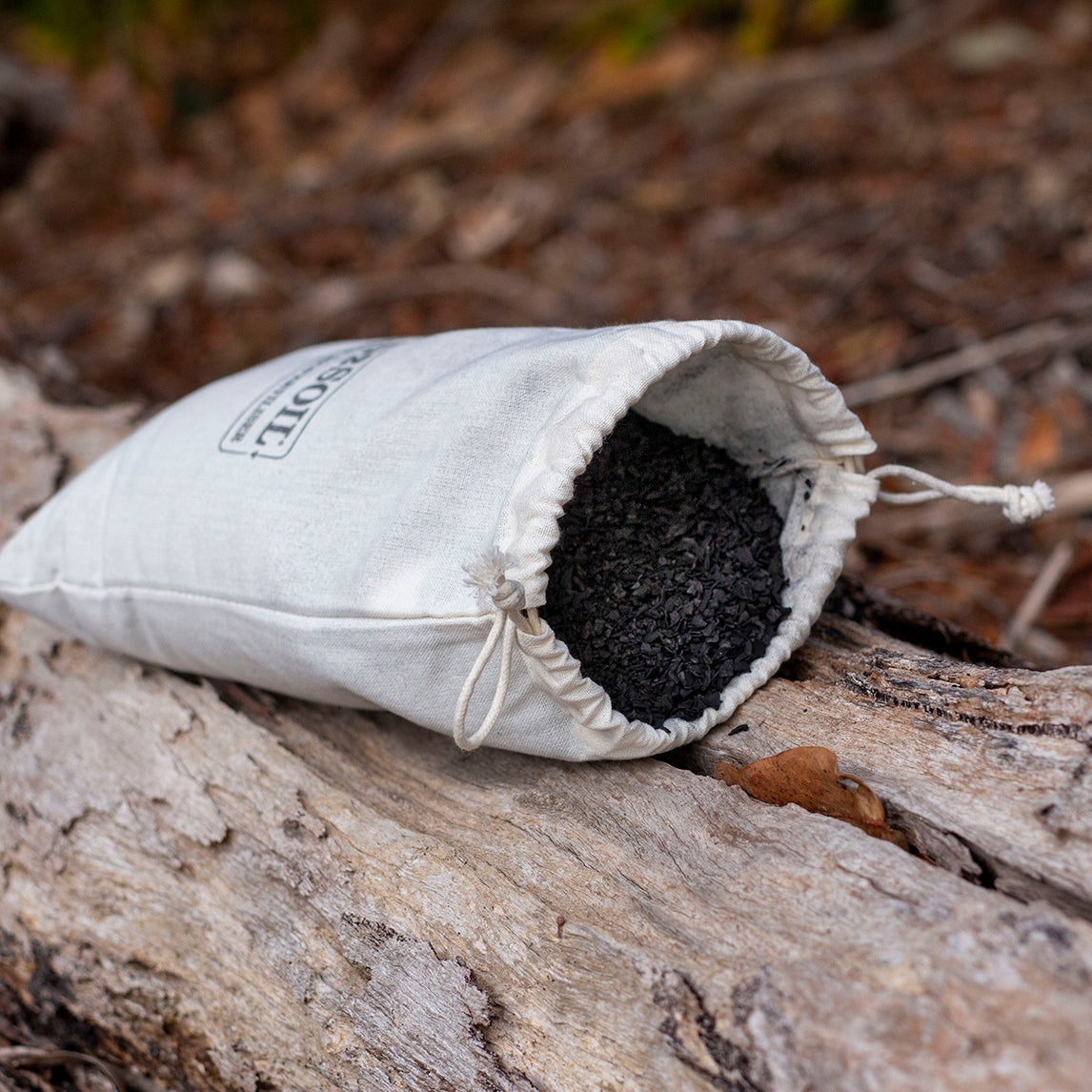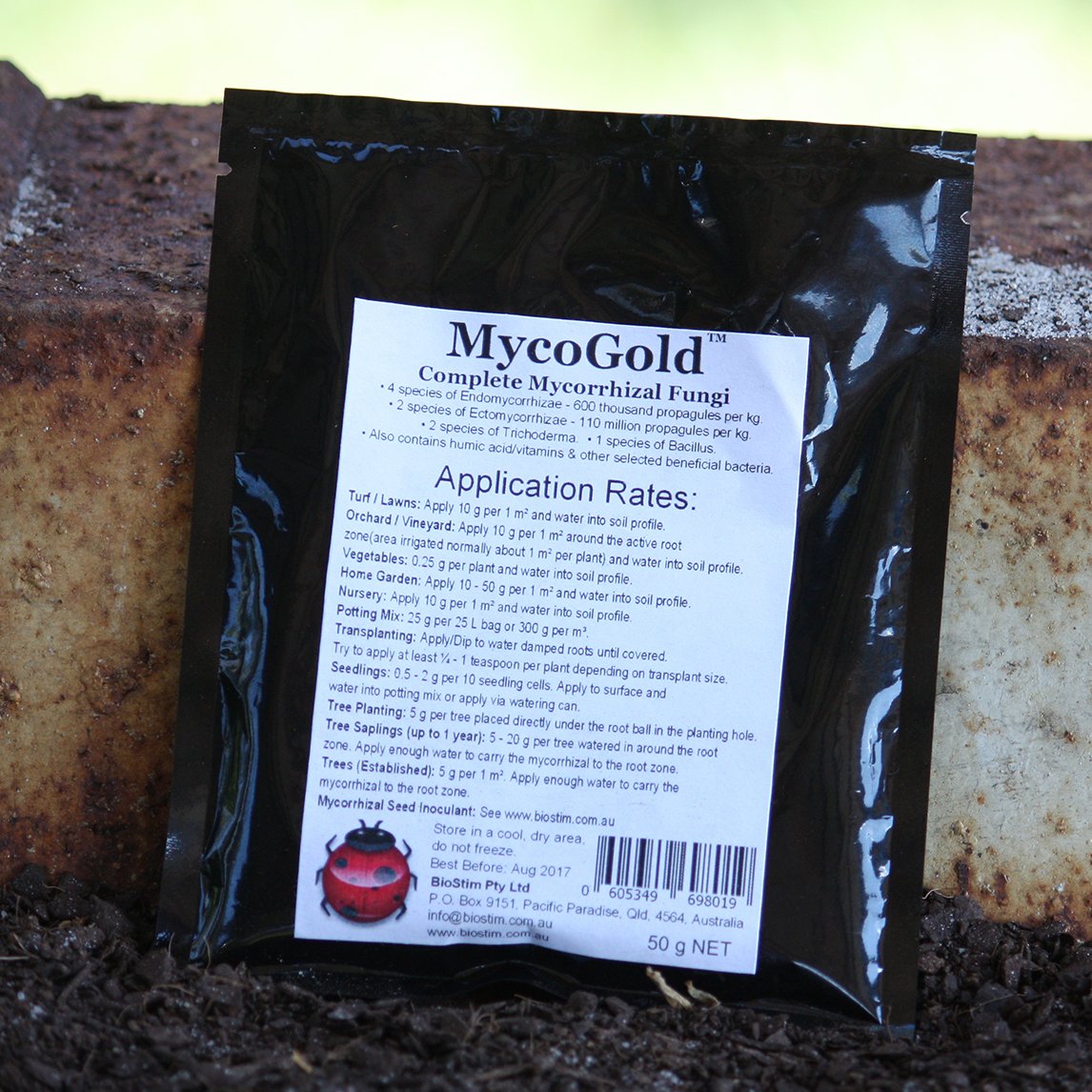
Organic matter is complex and is the sum of many parts. One of these is the waxy protective coating that helps to keep plants alive. This is also the main culprit for hydrophobia (also known as water-repellant soils).
This waxy coating (called the cuticle) helps to protect plants from moisture loss, wind burn and cold damage. In time these waxy compounds too are broken down, with new layers applied as the plant requires. This waxy coating makes its way down the plant to the soil, where soil microbes play their part in decomposition and natural recycling. However, if the soil is dry or microbial life is poor, the wax may then accumulate, andform water repellent layers. This is most prevalent in sandy soils, due to their rather large particle size and poor water holding capacity.
Prevention is better than cure.
The best way to avoid soils becoming hydrophobic is to prevent them from drying out. This ensuresenough of the right bacteria remain active in the soil so that they can break down the waxy compounds in a timely fashion.
Avoid barren soil. Apply mulch or, better yet, incorporate plants. Plants have the ability to collect and transfer water, either from rain or via condensation. As the water collects it runs down the stems and trunks, slips through the surface of the soil and is then able to flow out following the root system, helping to create a healthy soil microcosm.
The cure. If needed.
If you find a soil that has become hydrophobic, apply organic matter such as aged compost and manure and dig it through the soil which helps to break the surface tension and provide porous avenues for the water to travel down. You should also apply a layer of mulch.
You can stimulate good microbial activity with an application of Popul8 (an advanced soil biological formula designed to occupy and populate the biological space in the soil and on plant roots), or apply eco-hydrate (an organic soil wetter and water saving product that draws extra moisture into the root zone of plants). Biochar can also be beneficial as it provides additional water holding capacity for your soil, and a suitable environment for soil microbacteria.
Once repaired, apply an organic mulch and if extended periods of dry weather is predicted, consider installing a drip irrigation system to provide supplementary irrigation if needed, not only for your plants, but for your good friends in the soil.





